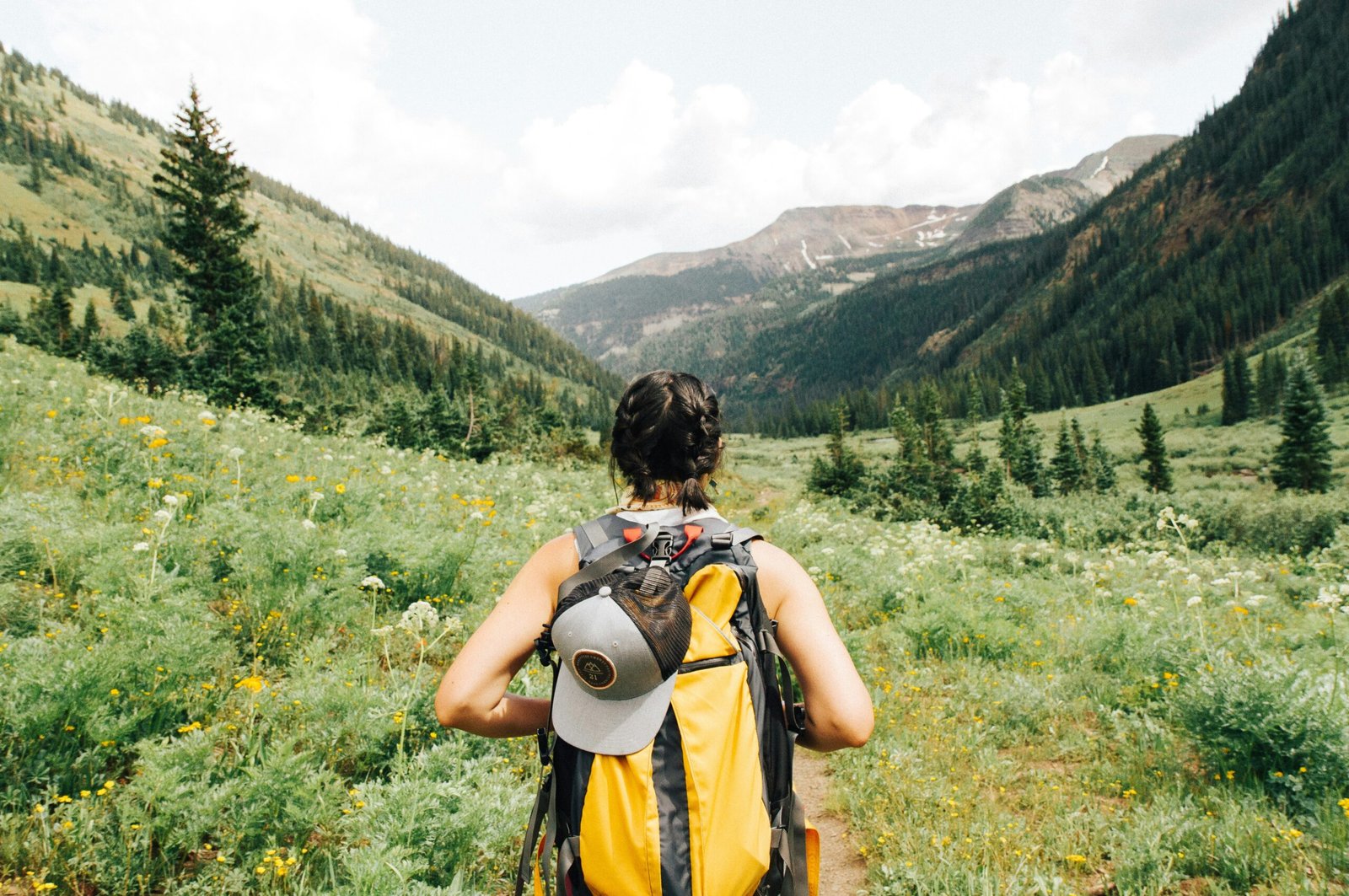If you have a plan for mountain travel and are thinking of choosing a backpack for mountain travel, then you are in the right place. It’s important to consider factors like size, weight, comfort, durability, and specialized features designed for rugged environments. I have a guide to help you select the best backpack for your mountain adventures:
1. Capacity
- Daypacks (20-35 liters): Suitable for short hikes and day trips.
- Overnight Backpacks (35-50 liters): Ideal for 1-2 night trips.
- Multi-Day Backpacks (50-70 liters): Designed for 3-5 day trips, with enough space for camping gear.
- Expedition Backpacks (70+ liters): For extended trips requiring extra gear and supplies.
2. Weight
- Lightweight Backpacks: Typically range from 1-3 lbs. Best for minimalists and shorter trips.
- Standard Weight Backpacks: Range from 3-6 lbs. Balances weight with durability and features.
- Heavy-Duty Backpacks: Over 6 lbs. Designed for carrying heavy loads, often with extra padding and reinforced materials.

3. Fit and Comfort
- Torso Length: Measure your torso length and choose a backpack that matches or can be adjusted to your size.
- Hip Belt: Should sit comfortably on your hips, bearing most of the weight.
- Shoulder Straps: Padded and adjustable, should fit snugly without digging in.
- Back Panel: Look for a ventilated back panel to reduce sweat buildup. Some packs offer adjustable back panels for a customized fit.
- Load-Lifter Straps: Helps pull the weight of the backpack closer to your body for better balance.
4. Materials and Durability
- Fabric: High-denier nylon or polyester is common for durability.
- Water Resistance: Many backpacks come with a water-resistant coating or a rain cover. For serious mountain travel, waterproof materials or a separate rain cover is recommended.
- Zippers and Buckles: Ensure they are heavy-duty and easy to use with gloves.

5. Features
- Hydration System Compatibility: Many backpacks have a compartment for a hydration bladder and a hose port for easy access.
- External Attachment Points: Useful for attaching trekking poles, ice axes, or sleeping bags.
- Compression Straps: Helps stabilize your load and reduce bulk.
- Access Points: Top-loading, front-loading, or side-access zippers make it easier to reach your gear without unpacking everything.
- Pockets: Multiple pockets for organization, including hip belt pockets, stretch mesh side pockets, and a top lid.
6. Best Backpack Brands for Mountain Travel
- Osprey: Known for their durable, comfortable, and feature-rich backpacks. Models like the Osprey Atmos AG and Osprey Aether are popular choices.
- Deuter: Offers robust backpacks with excellent ventilation systems, such as the Deuter Aircontact and Deuter Futura Vario.
- Gregory: Known for ergonomic designs and load distribution, models like the Gregory Baltoro and Gregory Paragon are highly regarded.
- The North Face: Offers versatile and durable backpacks like the North Face Banchee and North Face Cobra.
- Arc’teryx: High-performance backpacks designed for extreme conditions, such as the Arc’teryx Bora and Arc’teryx Altra.
7. Price Range
- Budget-Friendly ($50-$150): Basic models with fewer features but still suitable for short trips.
- Mid-Range ($150-$300): Well-built packs with more features and comfort options.
- High-End ($300+): Top-of-the-line backpacks with advanced materials, superior comfort, and durability for serious mountain expeditions.
8. Packing Tips for Mountain Travel
- Essentials: Carry essentials like a first aid kit, navigation tools (map, compass, GPS), multi-tool, and headlamp.
- Layering: Pack layered clothing to adapt to changing weather conditions.
- Food and Water: Ensure you have enough food and water for your trip, including energy-dense snacks and a water purification system.
- Emergency Gear: Include items like a whistle, emergency blanket, and fire-starting materials.
9. Maintenance and Care
- Cleaning: Regularly clean your backpack according to the manufacturer’s instructions, usually with mild soap and water.
- Storage: Store in a cool, dry place, and avoid long-term exposure to direct sunlight to prevent fabric degradation.
- Repairs: Patch small tears with repair tape or a sewing kit. Some brands offer repair services for larger damages.
The right backpack for mountain travel can make your travel easy and comfortable. it involves finding the right balance between capacity, weight, comfort, and features tailored to your specific needs. So now you have everything about backpack for a mountain travel. Enjoy your travel.

